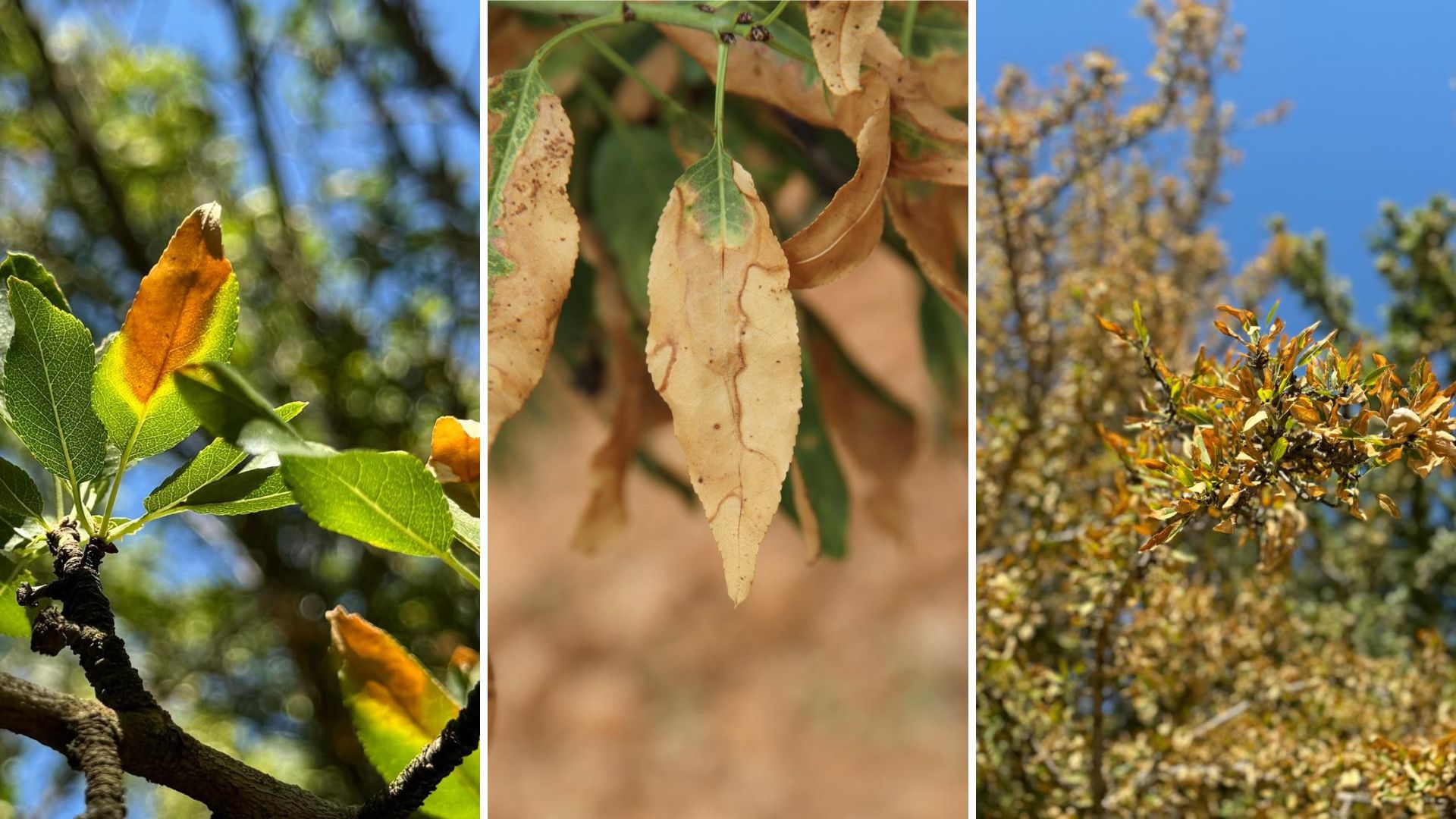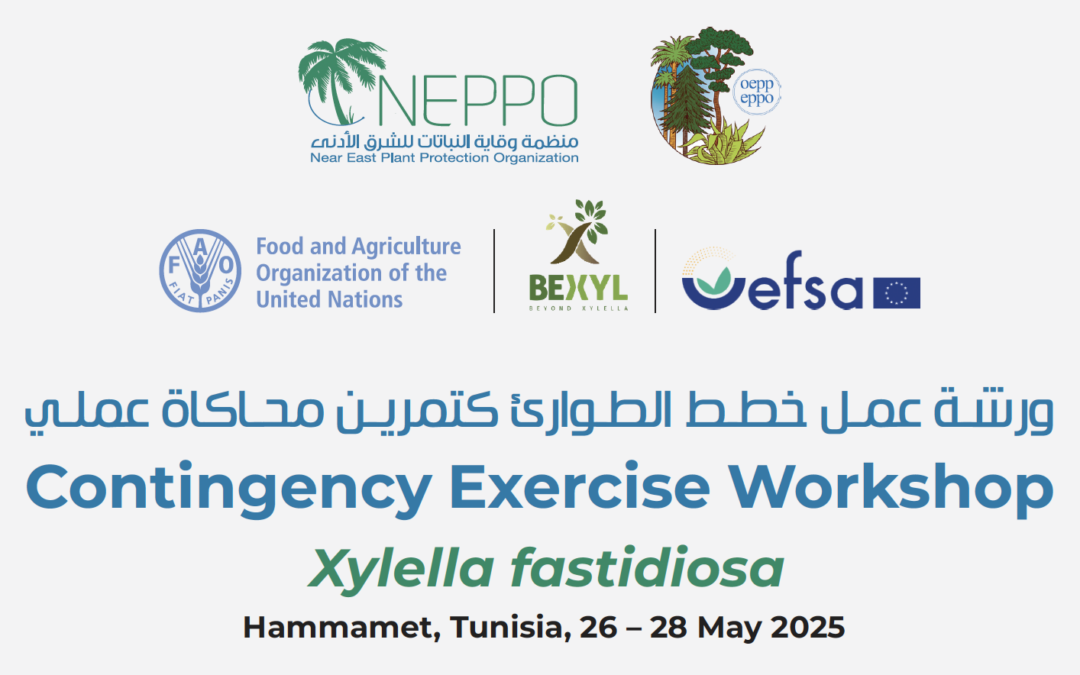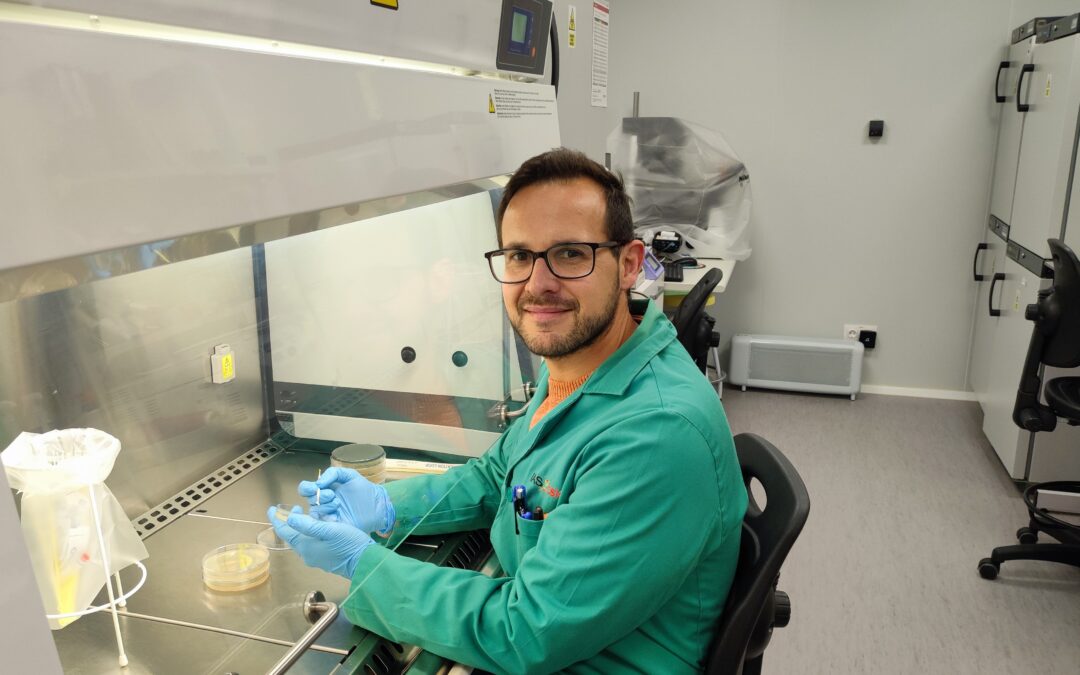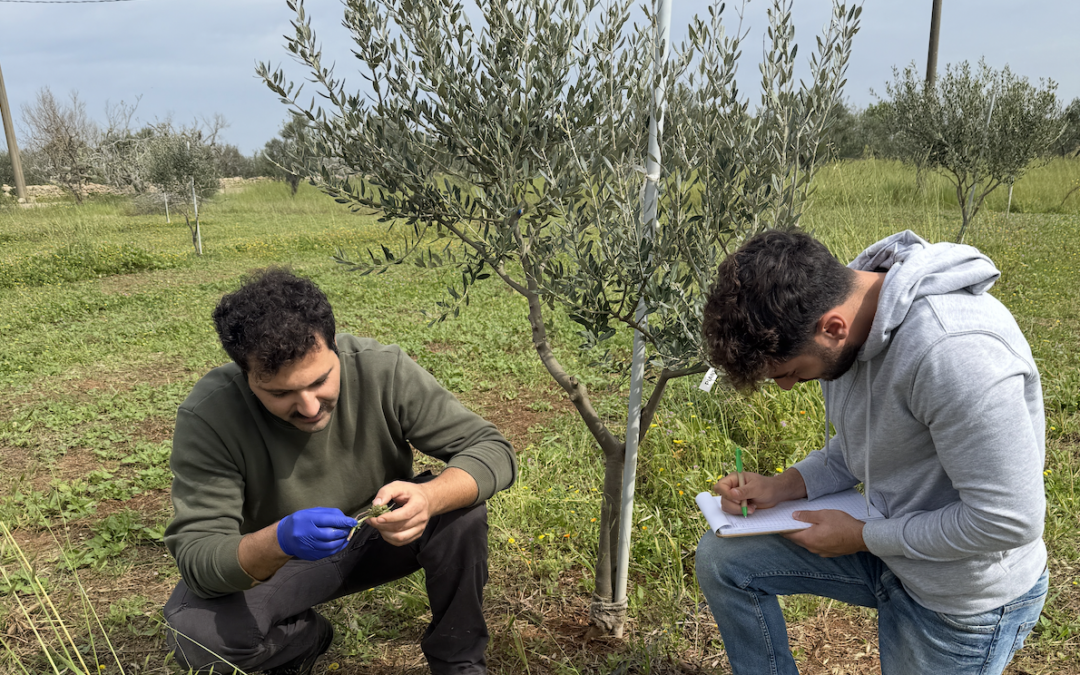The United Stated Department of Agriculture (USDA) and the CSIC signed a memorandum of understanding in the frame of the activities of the BeXyl project and the Spanish national project I-Link 22052. In particular, the two institutions will establish cooperation within the Project “Development Of Innovative Methods And Strategies For Surveillance, Early Detection And Monitoring Of Xylella Fastidiosa (Xf) Epidemics” framework.
The project aims to determine the most efficient remote sensing methods to detect the physiological and biochemical changes caused by Xf infection at the early stages of the infection process. The specific objectives are describing the early-stage plant phenotype of asymptomatic Xf infections, and developing a global model for Xf detection and monitoring using remote sensing.
Furthermore, within the BeXyl project and the CSIC I-Link 22052 Project, the University of California (UC), and the Agriculture and Natural Resources, Kearney Agricultural Research and Extension (KARE) Center will collaborate in some project activities.
In the first week of September a research team from CSIC composed of J.A. Navas-Cortés, B. B. Landa, G. León Ropero, M. Román Écija, J.C. Rivas and J.L. Trapero Casas will travel to California, to monitor almond orchards affected by the Xf-driven Almond Leaf Scorch (ALS) in the area of almond production at the North of Davis city.

Work on the field
The assistance of F. P. Trouillas from UC-KARE and R. Krugner and L. Burbank from the USDA Agricultural Research Center (ARS) at Parlier, California, has been essential to locate almond plots affected by ALS.
USDA-ARS researchers will join the CSIC team during the field campaign to provide support during the sampling and monitoring of ALS symptoms.
Simultaneously, members from GRYFN, a company providing research-ready, high-precision, multi-sensor drones, will be acquiring high-resolution RGB, LiDAR and Hyperspectral data for the study.








